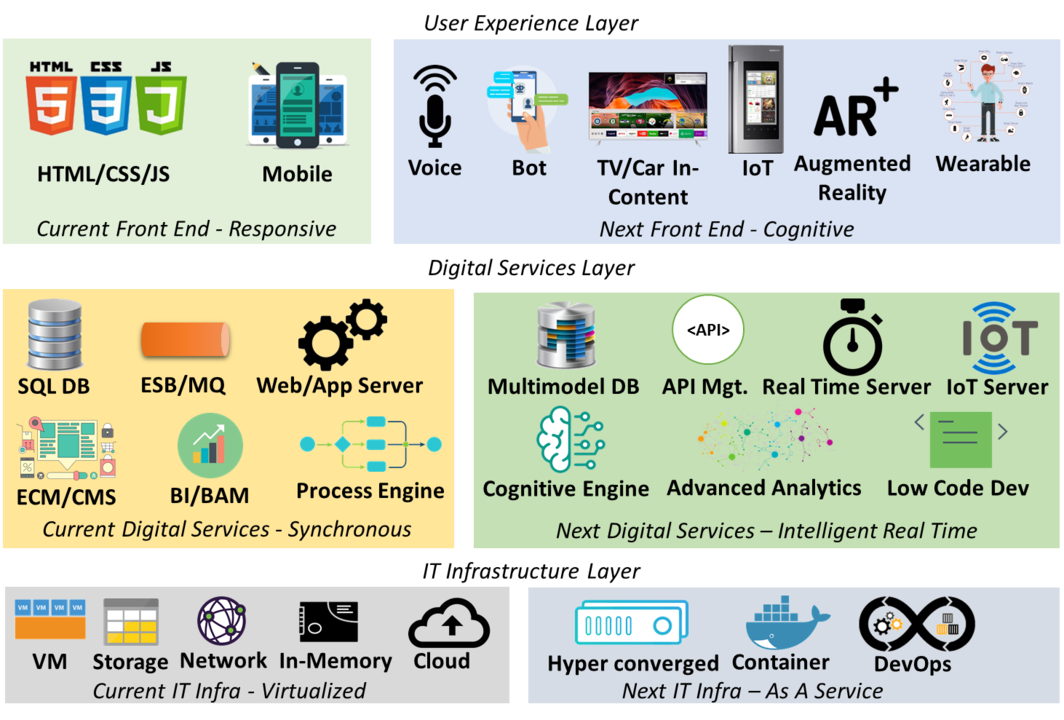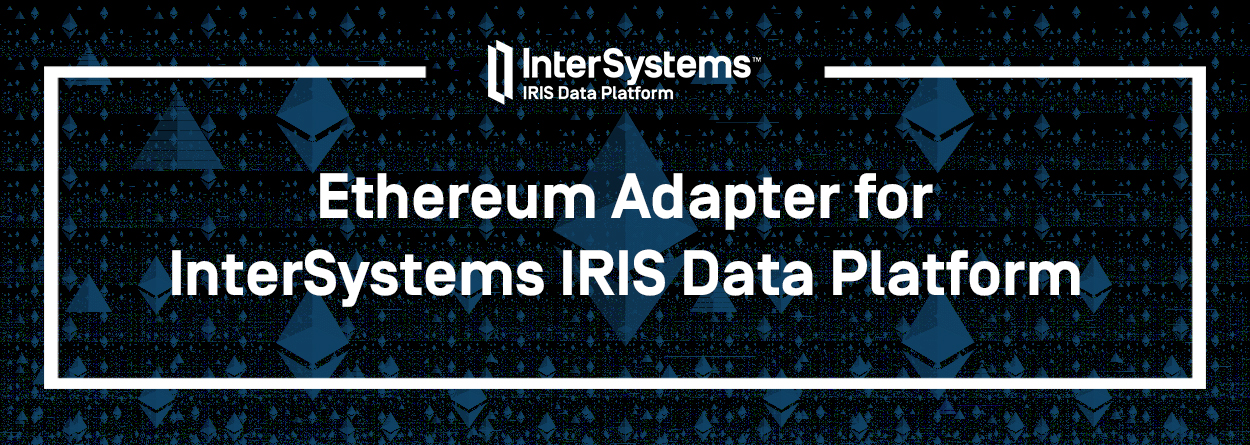This code snippet allows for a file on the web to be saved into the file system. Specify the server and GET request, as well as the directory the file should be saved to. The class method "test" runs the code:
Class objectscript.saveFileHTTP Extends %RegisteredObject
{
classmethod test() {
Set httprequest = ##class(%Net.HttpRequest).%New()
Set httprequest.Server = "docs.intersystems.com"
Do httprequest.Get("documentation/cache/20172/pdfs/GJSON.pdf")
Do $System.OBJ.Dump(httprequest.HttpResponse)
Set stream=##class(%FileBinaryStream).%New()
Set stream.Filename="c:\test.pdf"
Write stream.CopyFrom(httprequest.HttpResponse.Data)
Write stream.%Save()
}
}
Here's a link to the code on GitHub






 PHP, from the beginning of its time, is renowned (and criticized) for supporting integration with a lot of libraries, as well as with almost all the DB existing on the market. However, for some mysterious reasons, it did not support hierarchical databases on the globals.
PHP, from the beginning of its time, is renowned (and criticized) for supporting integration with a lot of libraries, as well as with almost all the DB existing on the market. However, for some mysterious reasons, it did not support hierarchical databases on the globals.
